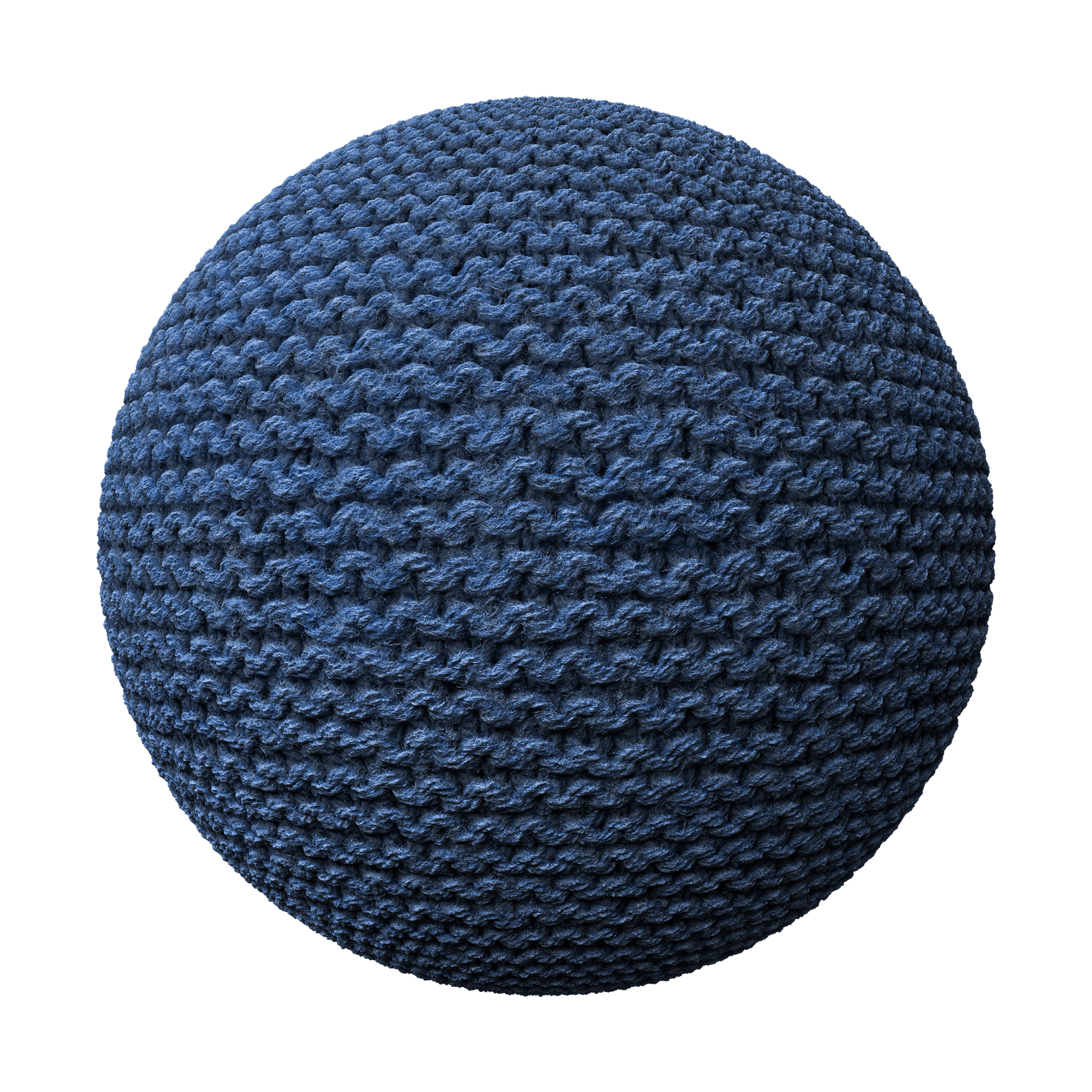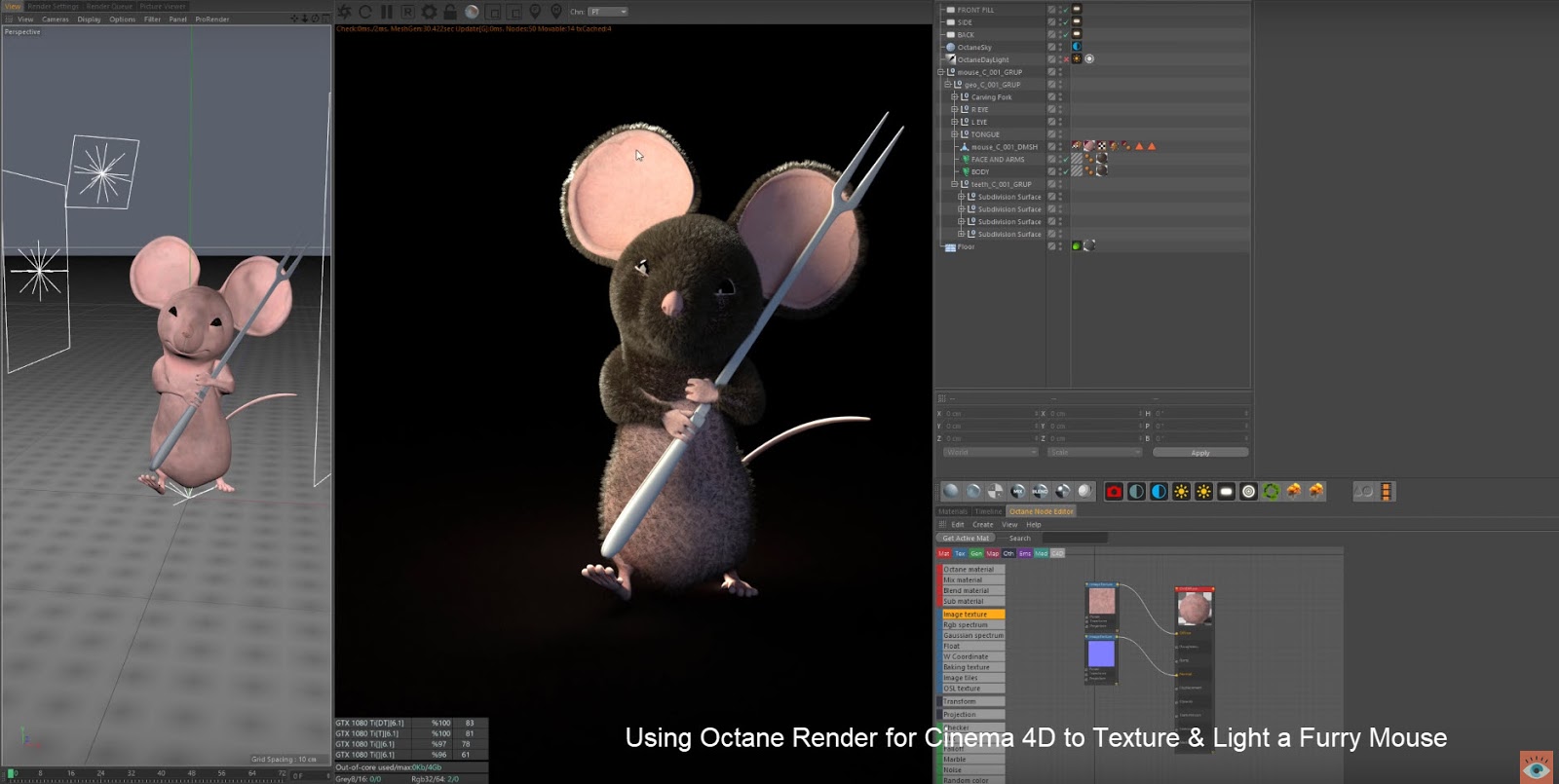


If you load a texture or a 2D shader, it is placed on a layer above the color (i.e. The default mode for all channels is Normal, except for the Environment page, which uses Multiply as the default mode. Use these parameters to mix the color and texture panes using one of four modes. Refer to the Textures chapter for details. Here an image texture or a 2D shader can be defined. However, if you don’t want this automatic behavior to take place, you can enable the Additive option. This can help to ensure a realistic effect. Usually, if the material has a color, the color is automatically reduced with increasing transparency. Note the Fresnel Shader, which offers additional settings. The Fresnel Reflectivity controls the strength of the Fresnel reflections (see Figure 4). If you have entered a reflection value in addition to transparency, the reflection value is added to the angle-dependent reflection.įigure 4: Fresnel Reflectivity set to a high value (left) and low value (right).

With a very low viewing angle, the material is approximately 0% transparent and 80% reflective. Note that the reflective properties ( Roughness, Anisotropic, etc.) can be fine-tuned using the Reflectance channel’s * Transparency * setting.įor example, provided Fresnel Reflectivity is set to 100%, if you set transparency with RGB values of 80%, 80%, 80%, the material is 80% transparent and 0% reflective when the viewing angle is 90 degrees. The Fresnel option simulates this phenomenon for you. The transparency and reflection values are dependent on the viewing angle. However, look at the pane from a narrow viewing angle and you will see that it reflects much more of its surroundings. with a 90 degree viewing angle), you will notice that the pane barely reflects, almost all light passes through. If you observe a real pane of glass with your eyes parallel to the pane (i.e. If the Fresnel Reflectivity value is larger than 0% the viewing angle - the angle between the camera and the surface - will be taken into account.


 0 kommentar(er)
0 kommentar(er)
